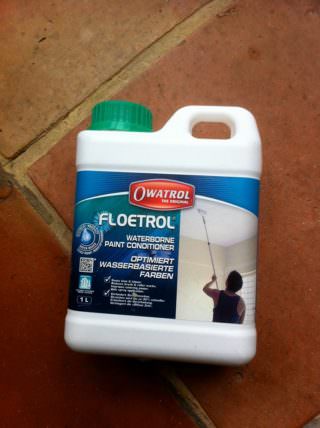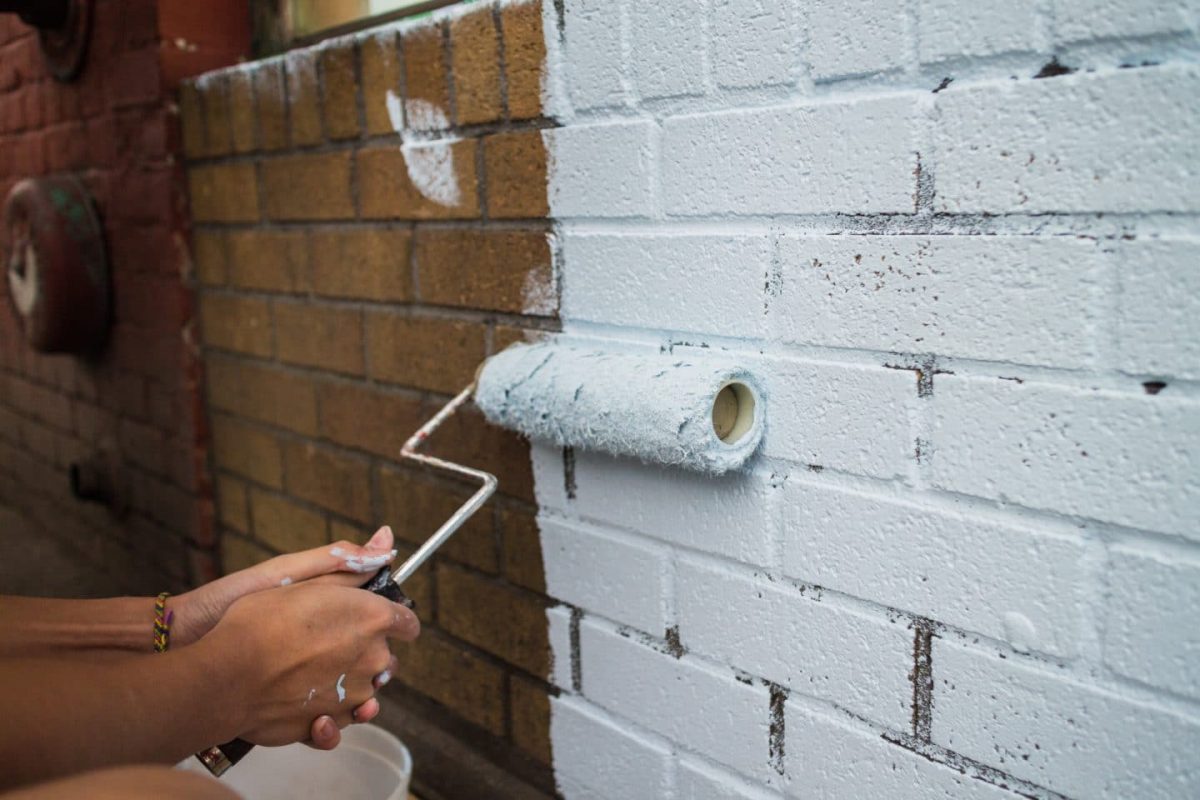Painting walls is an important part of a home renovation. It is a role that we leave in the hands of professional painters despite its simplicity. However, if you don’t do it correctly, the outcome may not appease the eyes. Here are a few tips you can use to paint your walls without the help of an expert painter and still bring out that perfect finish.
Choosing paint type and colour
It comes with different colours and effects. The colour type could either absorb or reflect light. It could also bring with it feeling like calmness, relaxing or vibrant effect among other feelings. You need to decide what you want to make of your room and the kind of feeling you want to get from it. Get to know about your room size, how much light penetrates through and if you want any soft furnishing to go with it. When you fully decide, buy the paint. Make sure you have the right measurements for your room and sample colours to help select the perfect one.
Get the tools needed to paint your wall
The tools to use vary from one person to another. All you need is;
- Paint and a painting brush
- A roller and a paint roller tray
- Painters’ tape (low-tack tape is most recommended)
- Plastic dust sheets/old sheeting
- Bucket/tub for mixing the paint
- A paint conditioner
Things to do before you begin
Before you start painting, we recommend that you prepare adequately. Put all the paint from each batch together in a large container and mix them. After mixing, add a paint conditioner to maintain the wetness of the paint. We recommend you use Floetrol Paint Conditioner for water-based paint and Owatrol oil for oil-based paints. The conditioner decreases the brush and roller marks hence making them an expense worth for that excellent finish. Finally, put down the dust sheets and tape the edges. You can use a paint kettle to transport a small amount of your mixture at once.
Paint the edges
Some people choose to paint the edges afterwards, but it is always better to start with them first to bring out a professional finish. Use your brush to make four or five overlapping strokes perpendicular to the edge. Then run one longer line alongside your tape.
HOW TO BEAD EDGES WHEN PAINTING
A steady hand is all you need to get that neat finish. A tape or a piece of stiff card is essential to help navigate the edge as you paint. If you are using beading, run the brush parallel but not exactly near the edge then paint towards it until you get your bead exactly.
Paint your wall
When you finish with your edges, a roller is a much easier tool to use to paint the rest of your wall. Pour your paint into a paint roller tray about a third full and dip the roller into the paint. Roll it back and forth on the bumpy part of the tray to make sure you fully immerse it. Roll the paint slowly in different directions using overlapping strokes and cover only a small area at a time. Remember always to start a new space near the place you are painting when you re-dip the roller in the tray, and then move towards the area you were painting. It will ensure that your paint blends evenly.
If you are using a paintbrush to do your painting, dip it into your paint about a third of the bristles. Commence with the top of your walls and then run horizontal and vertical strokes. Don’t forget to work a small area at a time. However, it is advisable to complete the painting in one day, but if the wall is too large, you should wrap the brush tightly to keep it wet and soft until the following day. The number of coats you choose to put and how long to leave the paint before you put another coat will depend on the manufacturer’s advice. A paint conditioner will always leave your walls looking like an expert’s painting!
Cleaning up after finishing
Now that your wall looks amazing, there is one last role left. Wash your paintbrush. Always ensure you leave it clean because it will be hard to wash it once the paint dries.
See the full range of Owatrol Products available from Promain here




